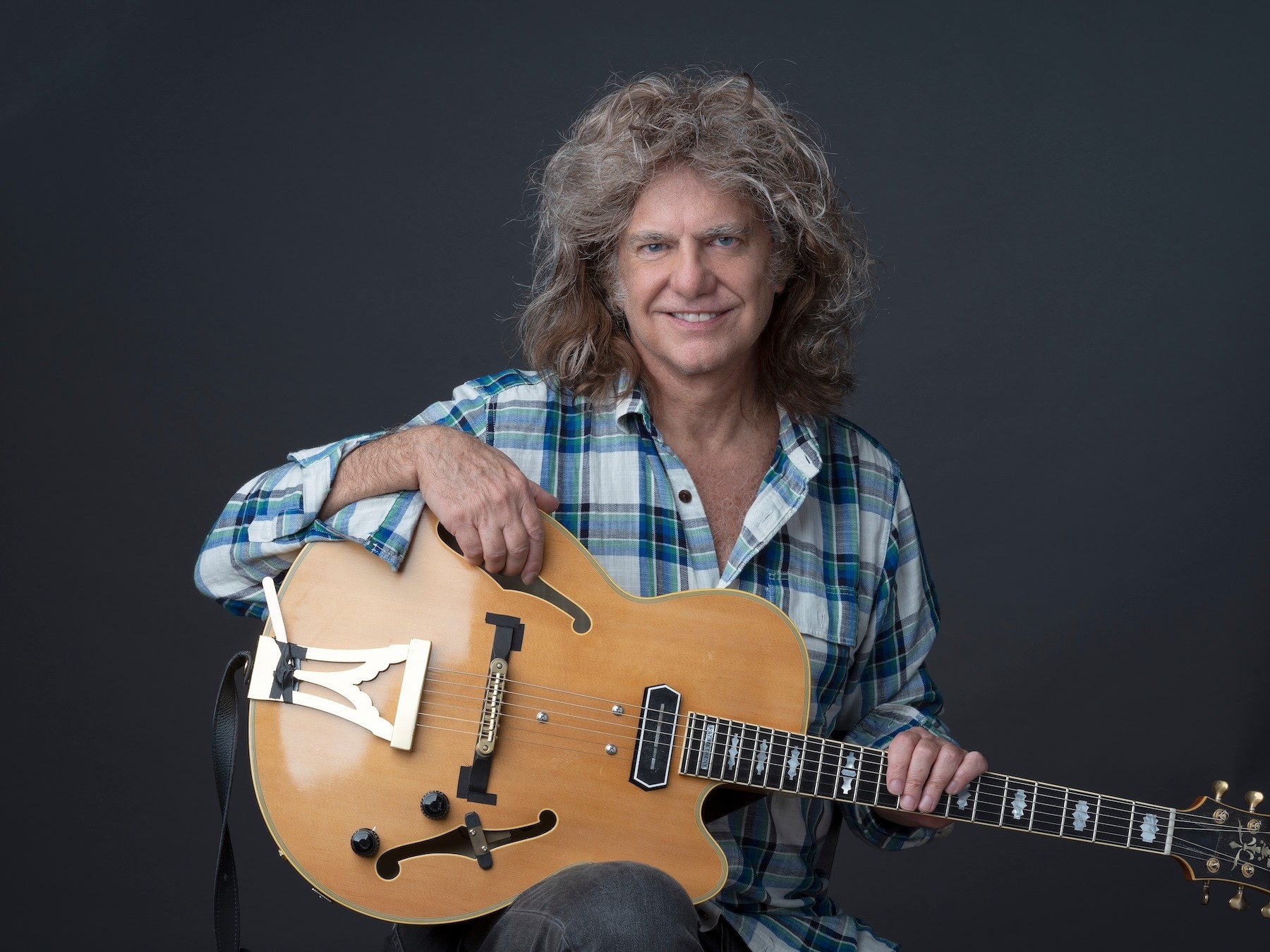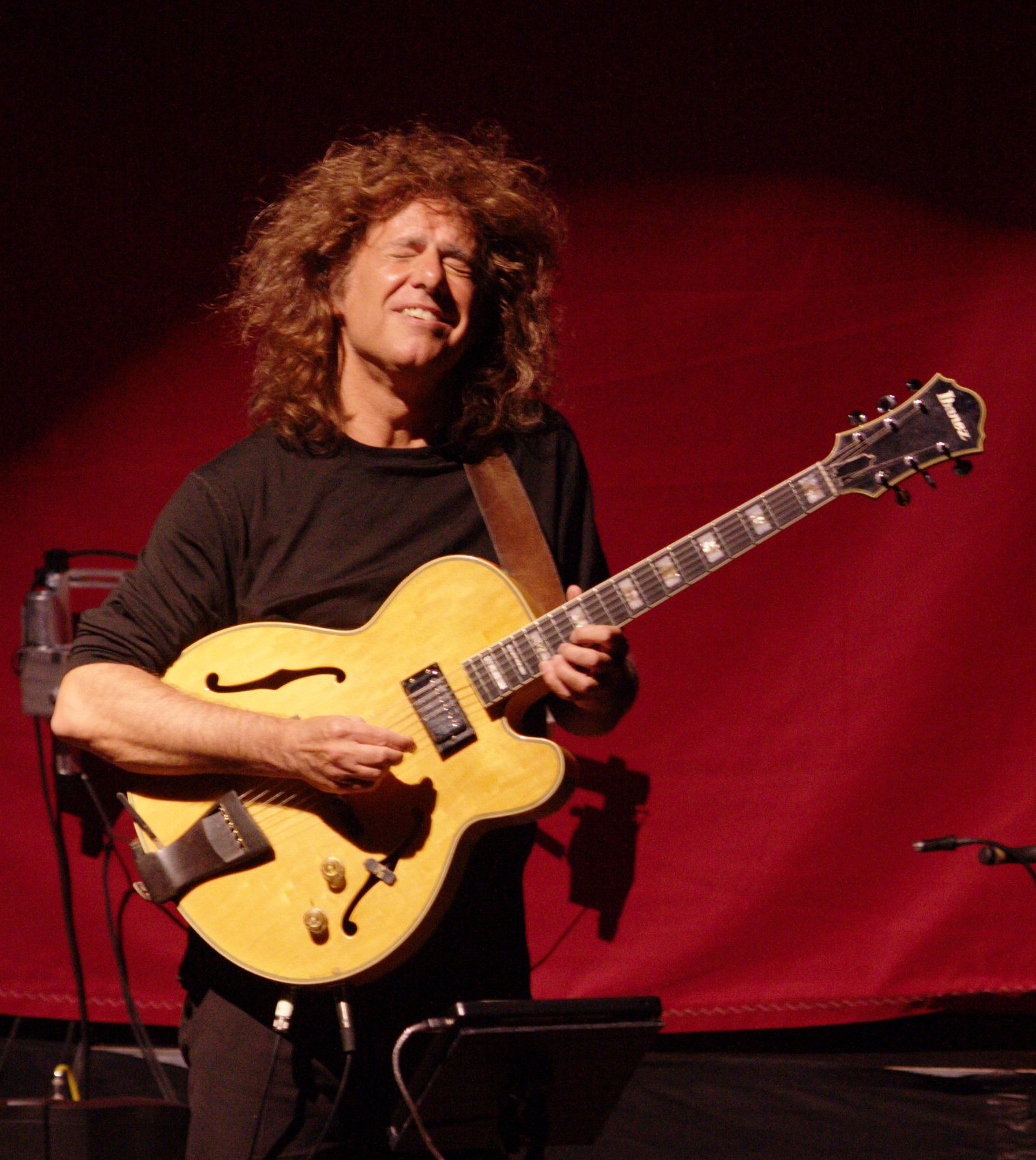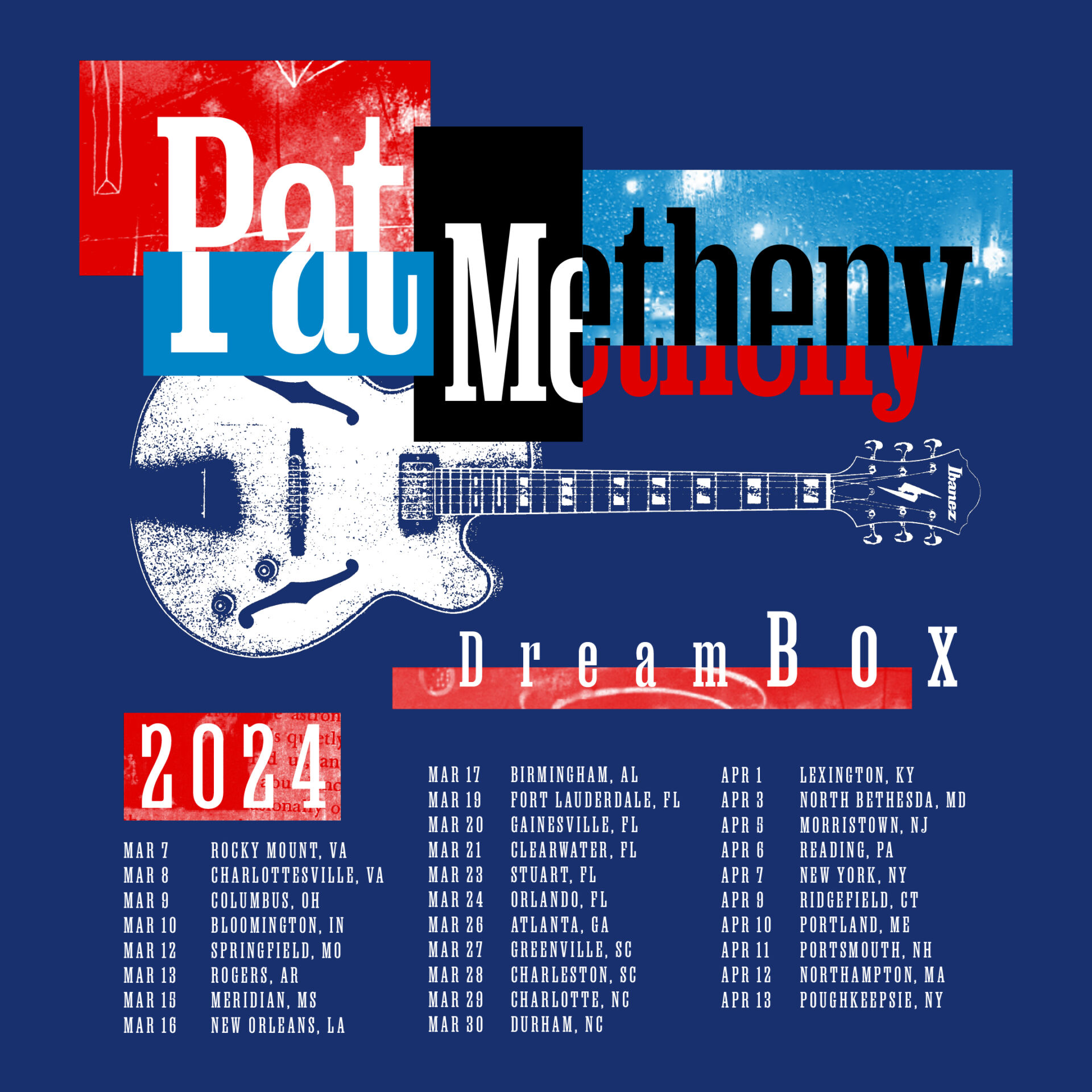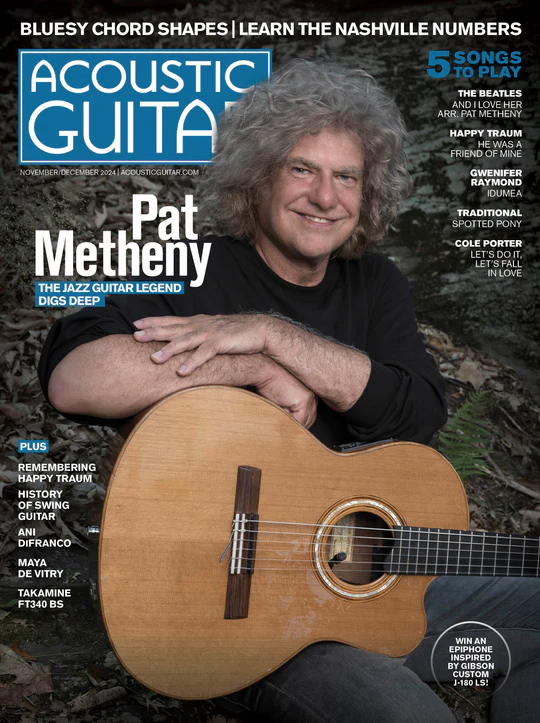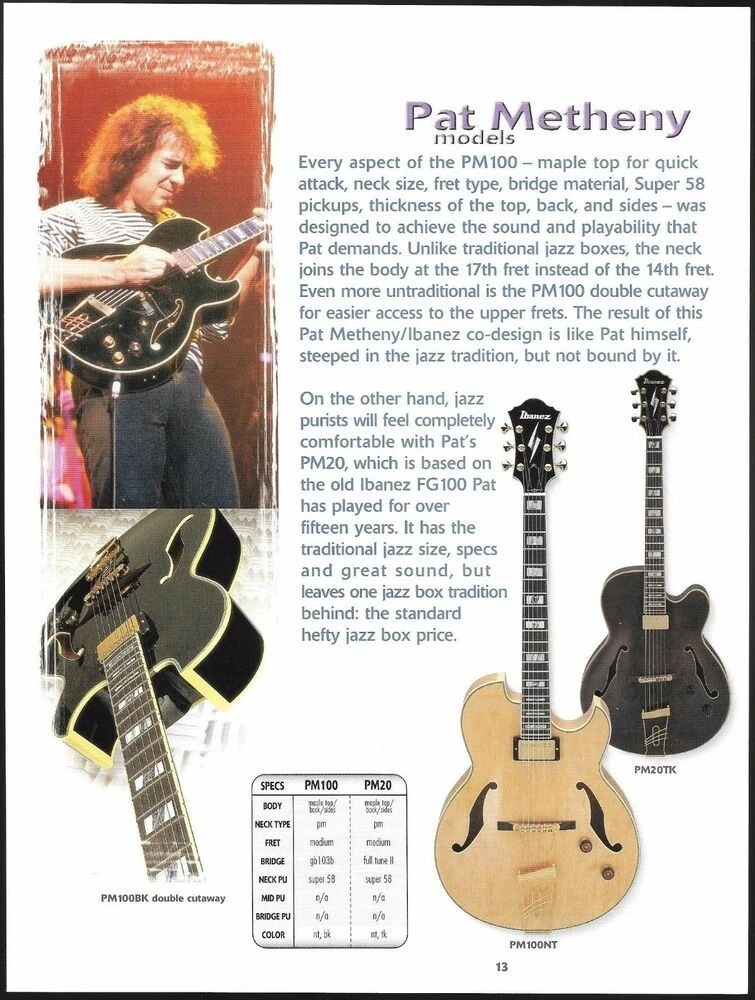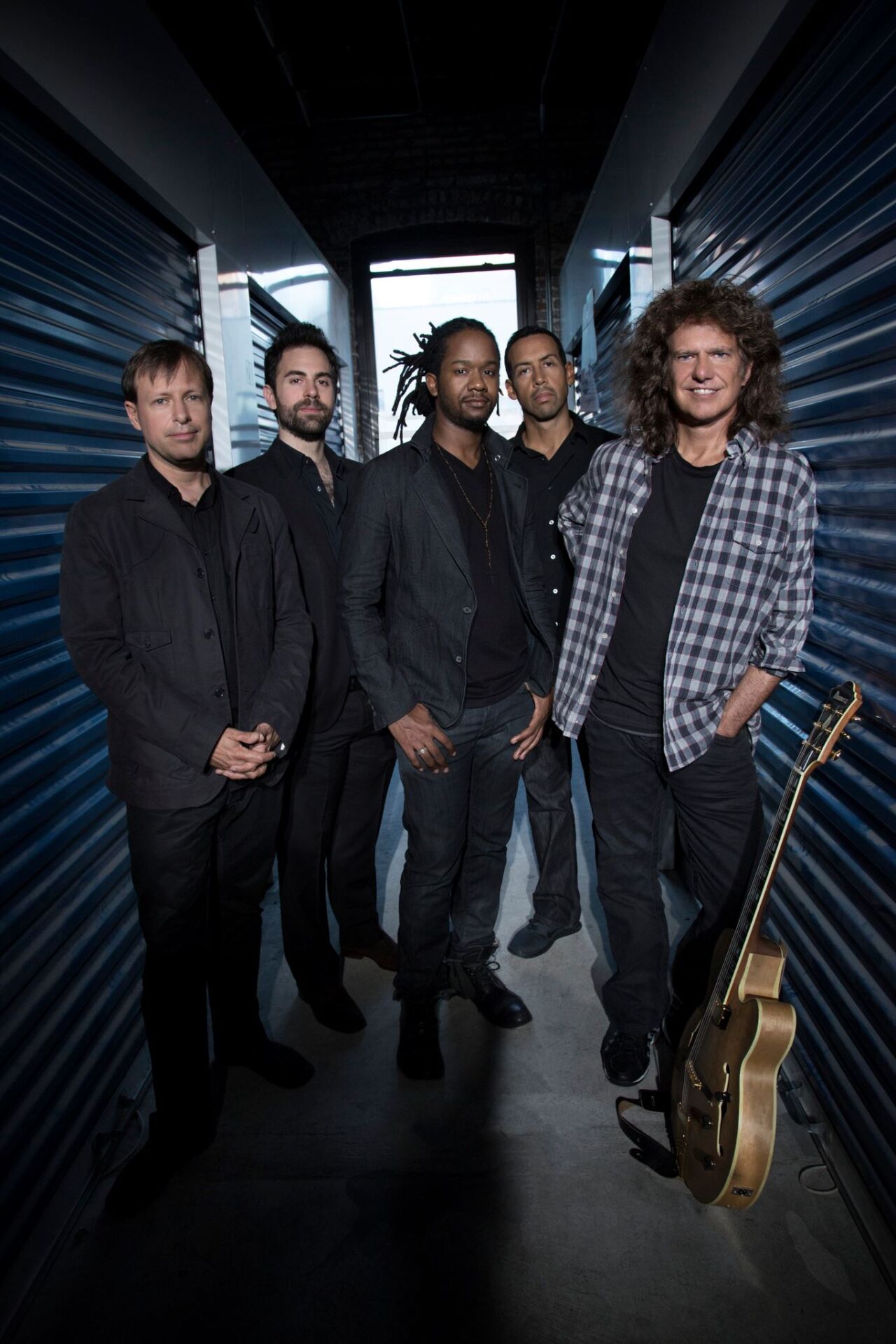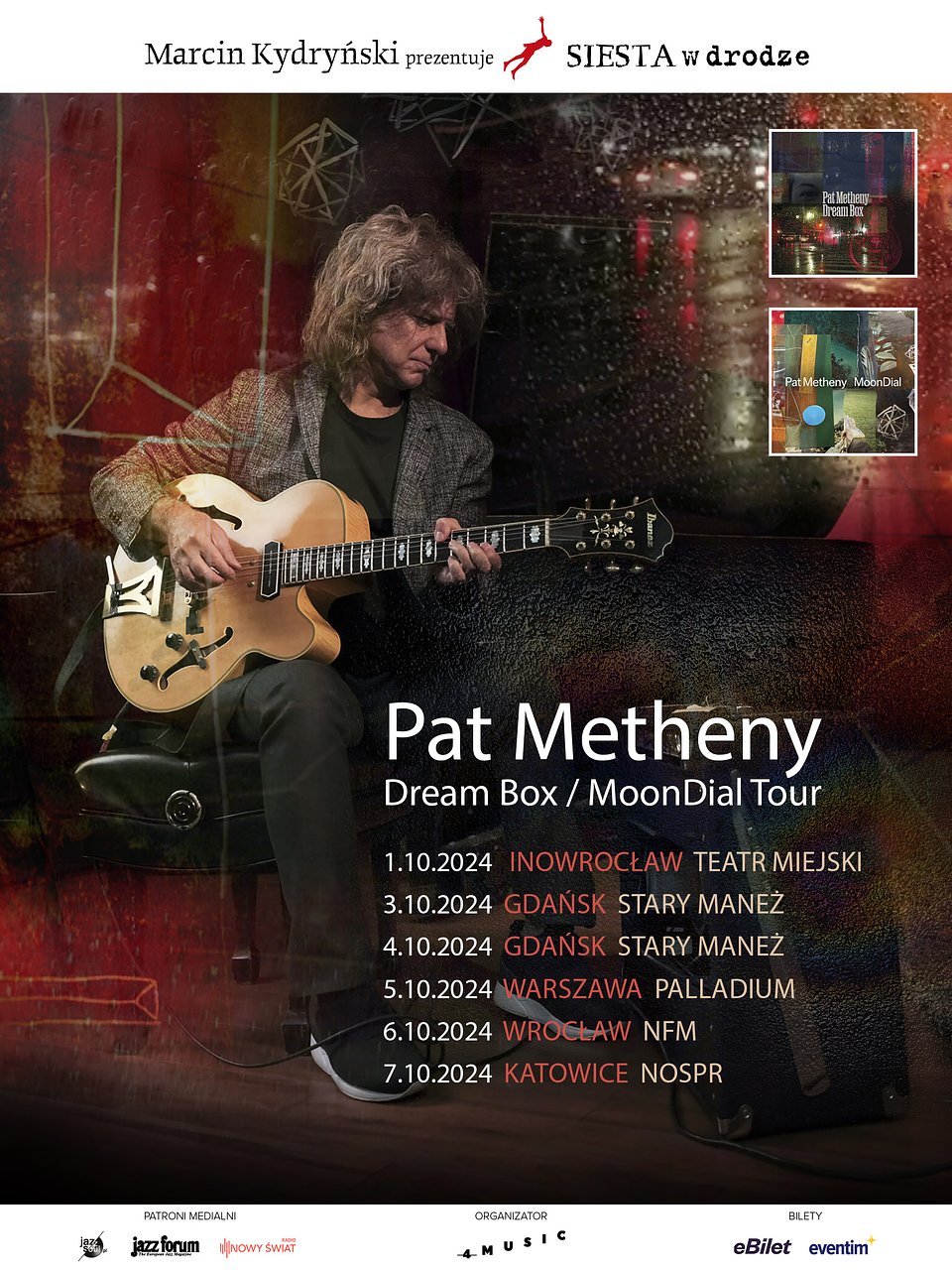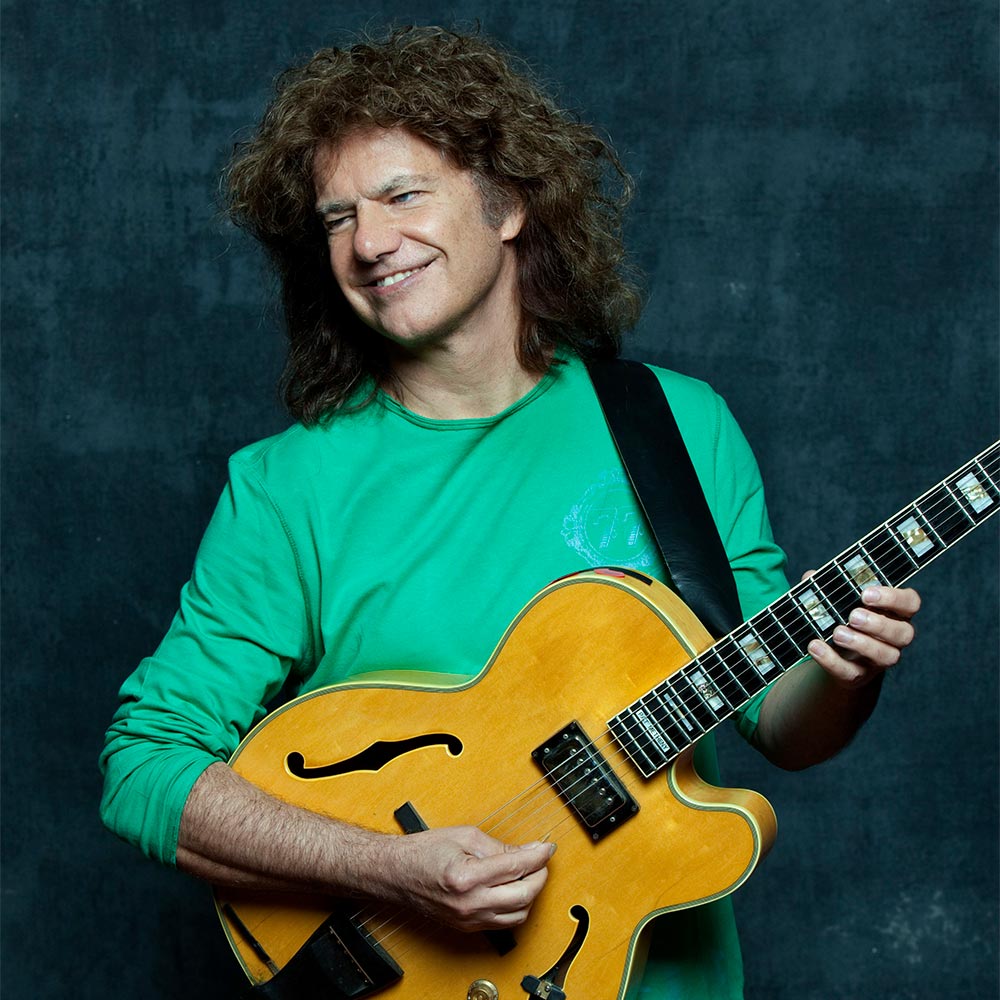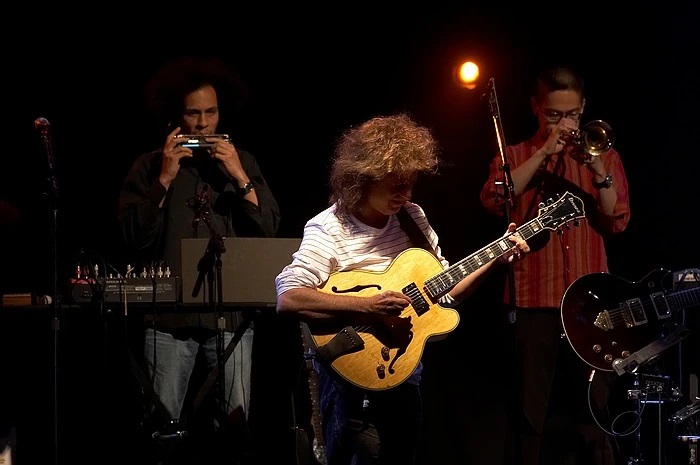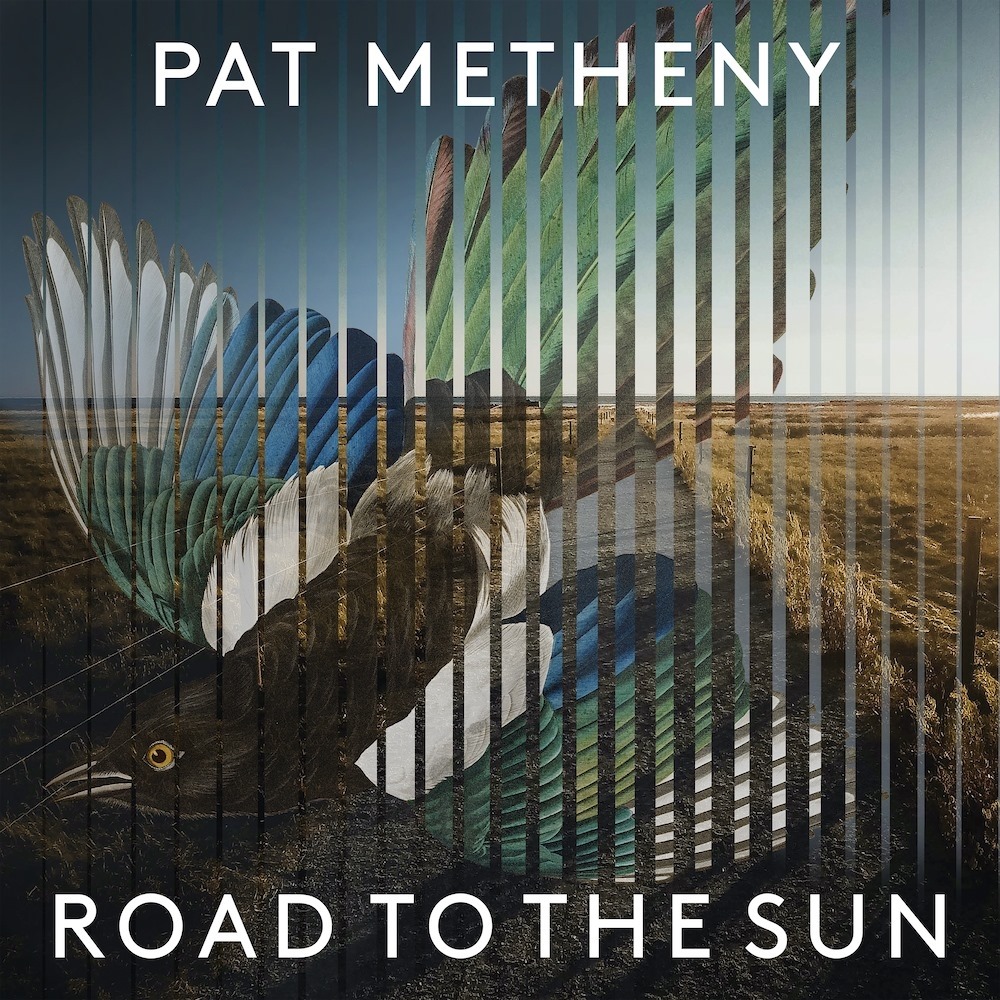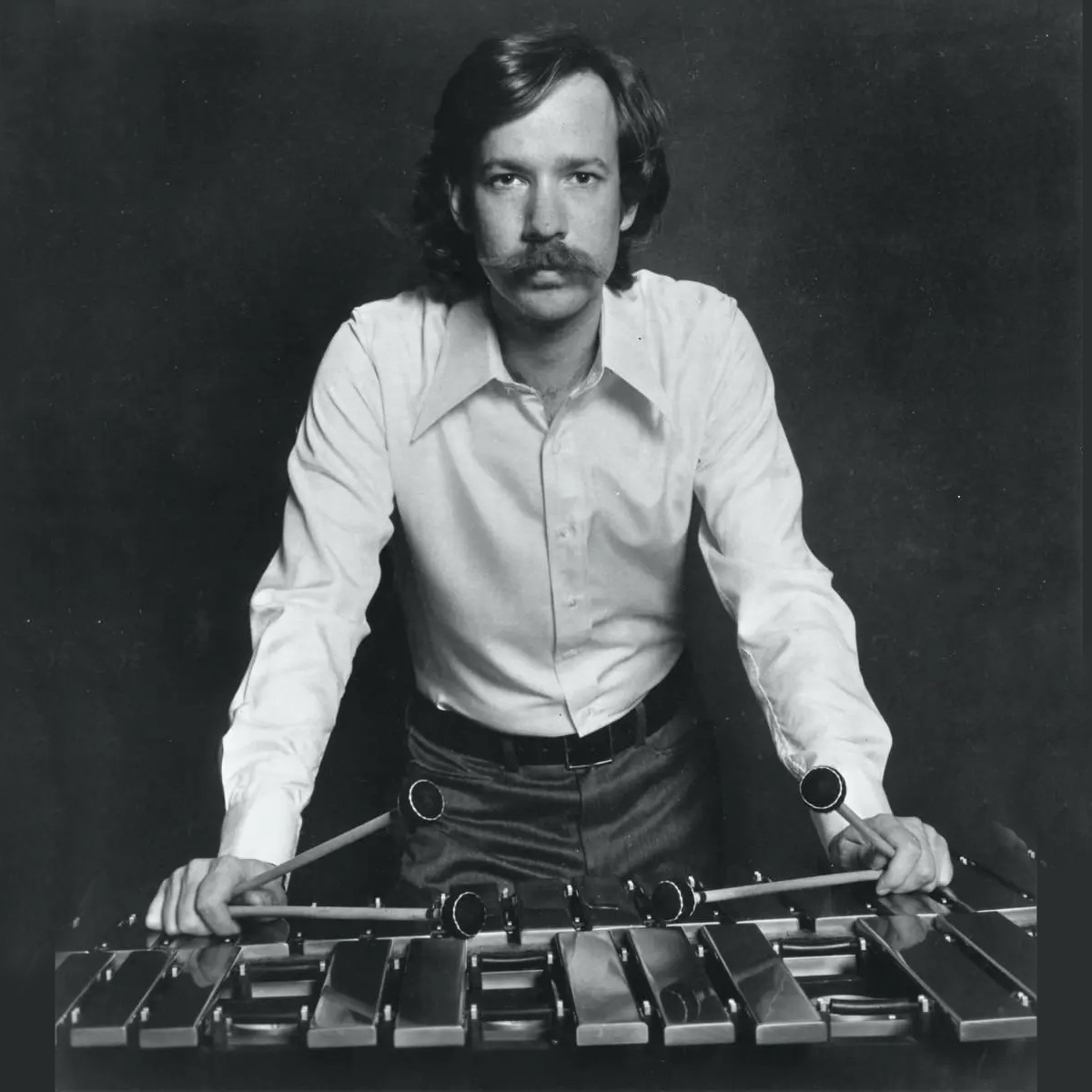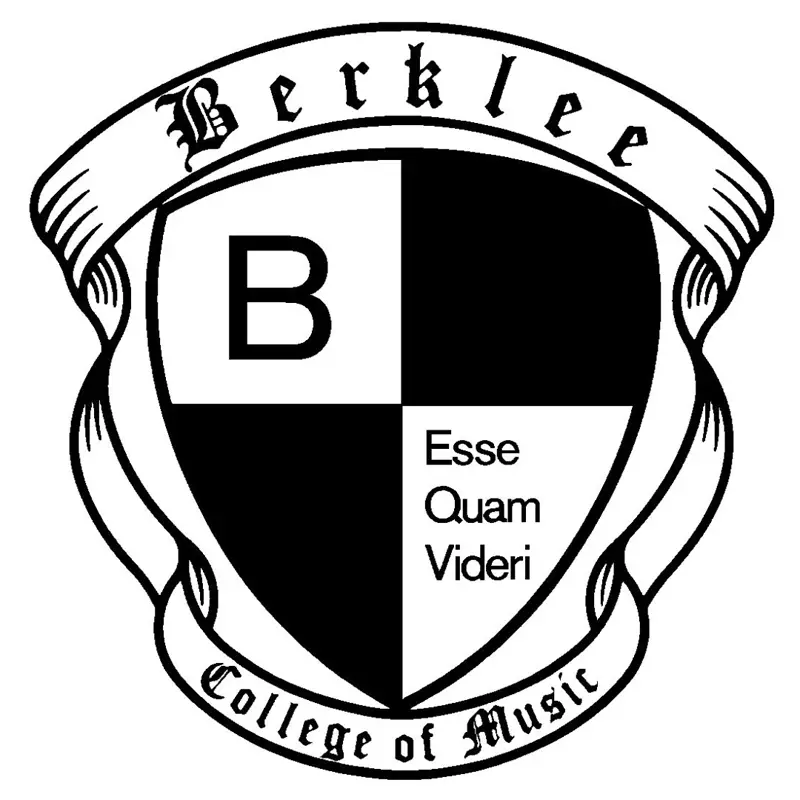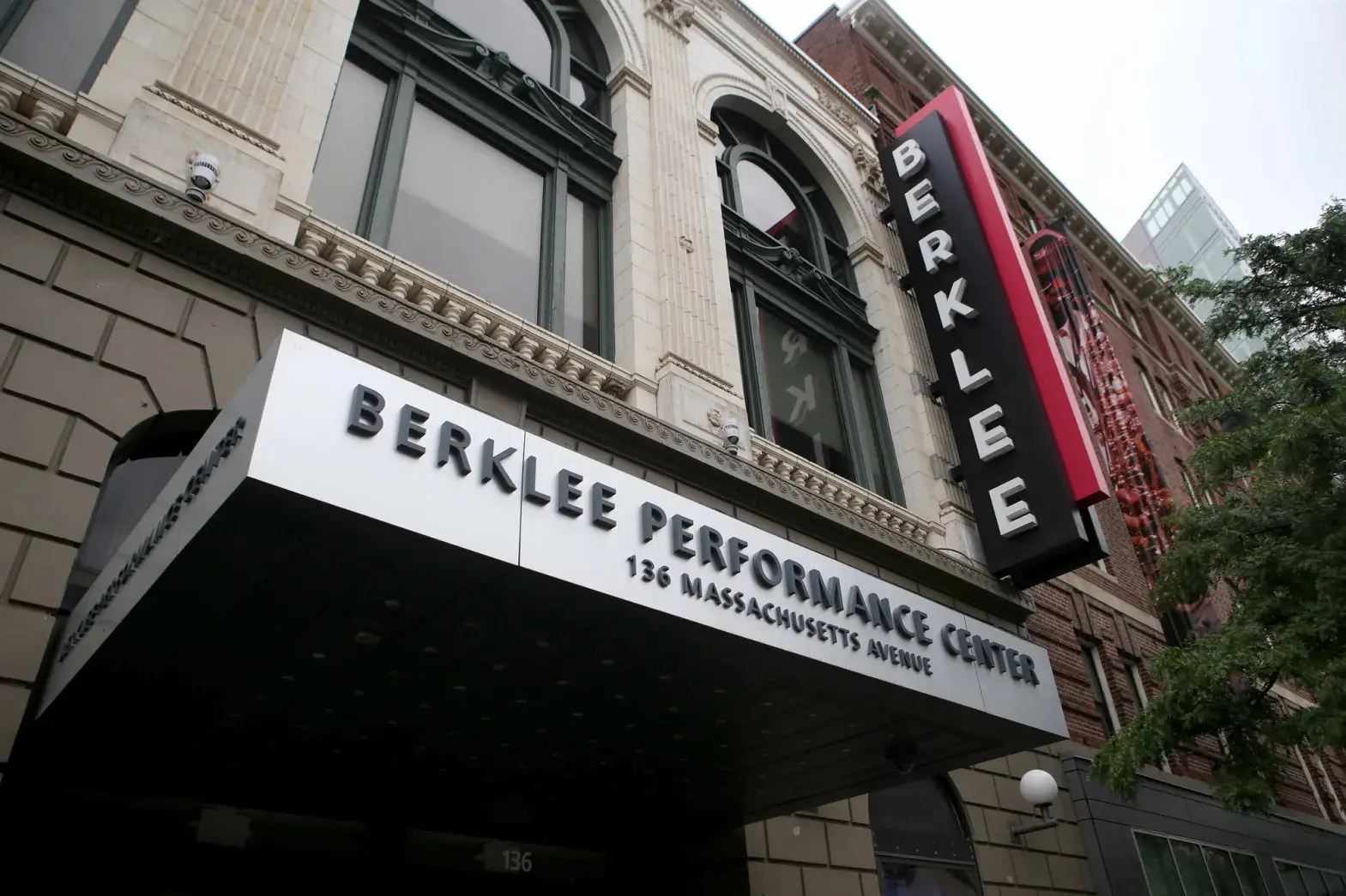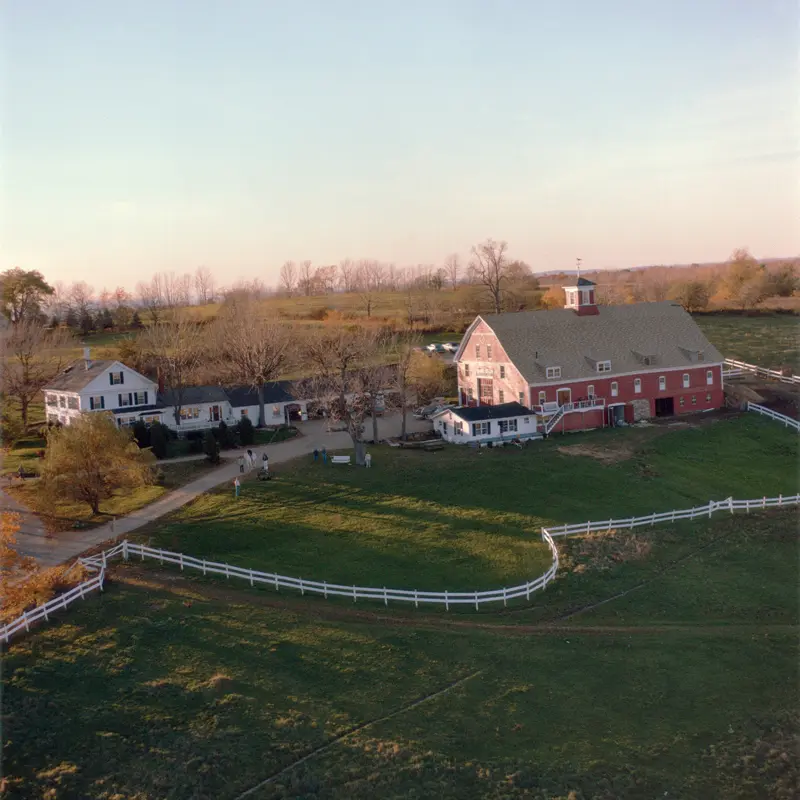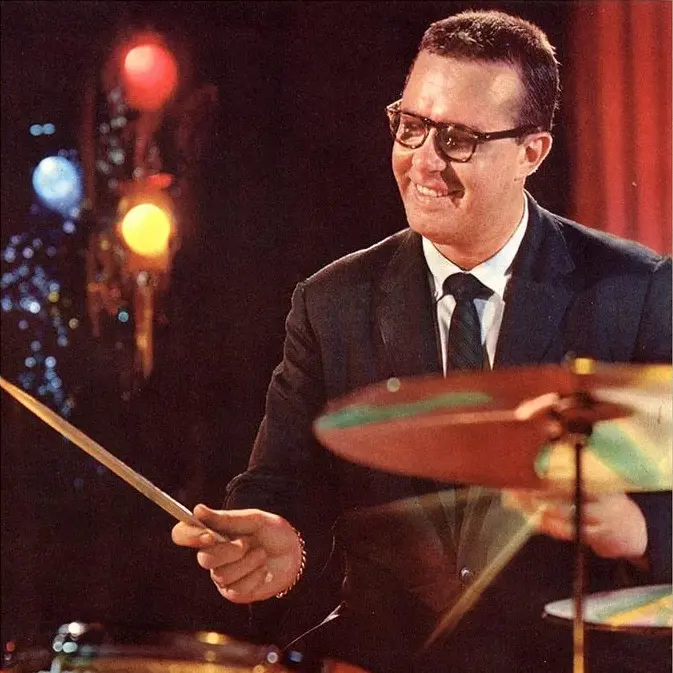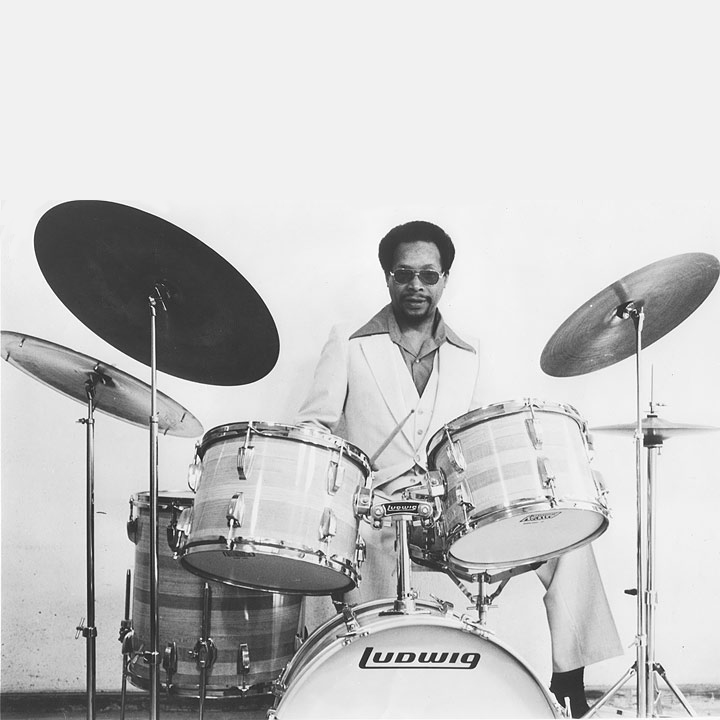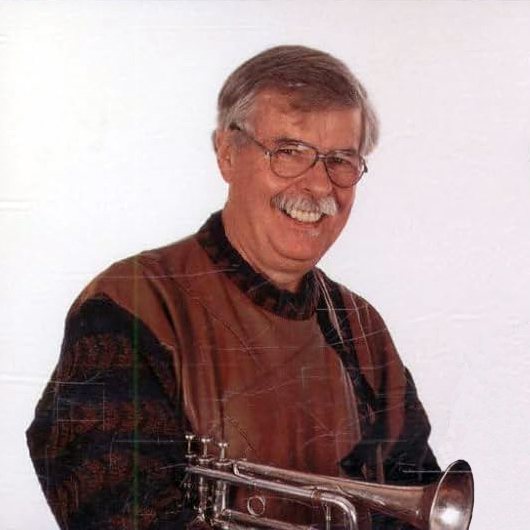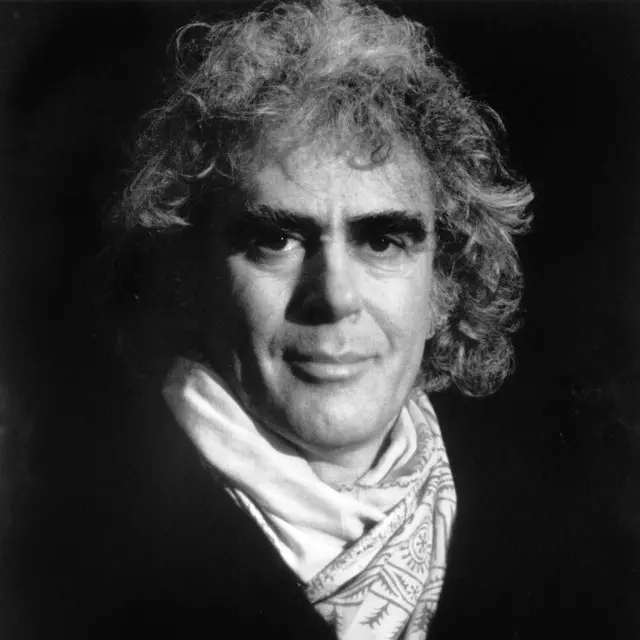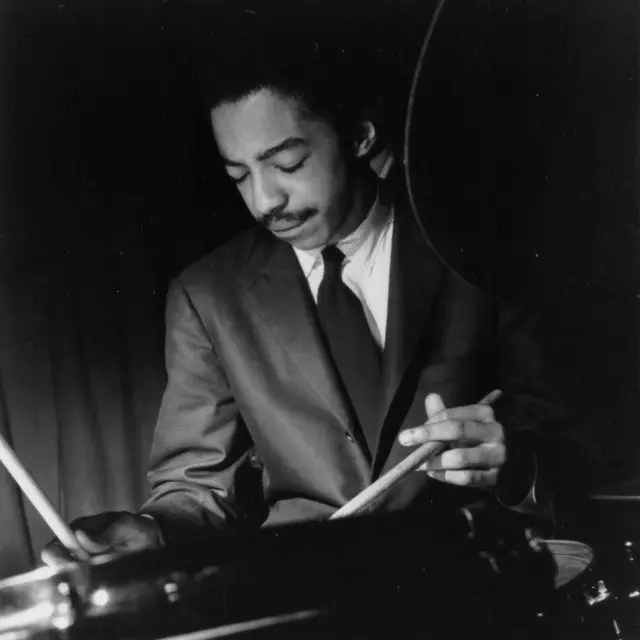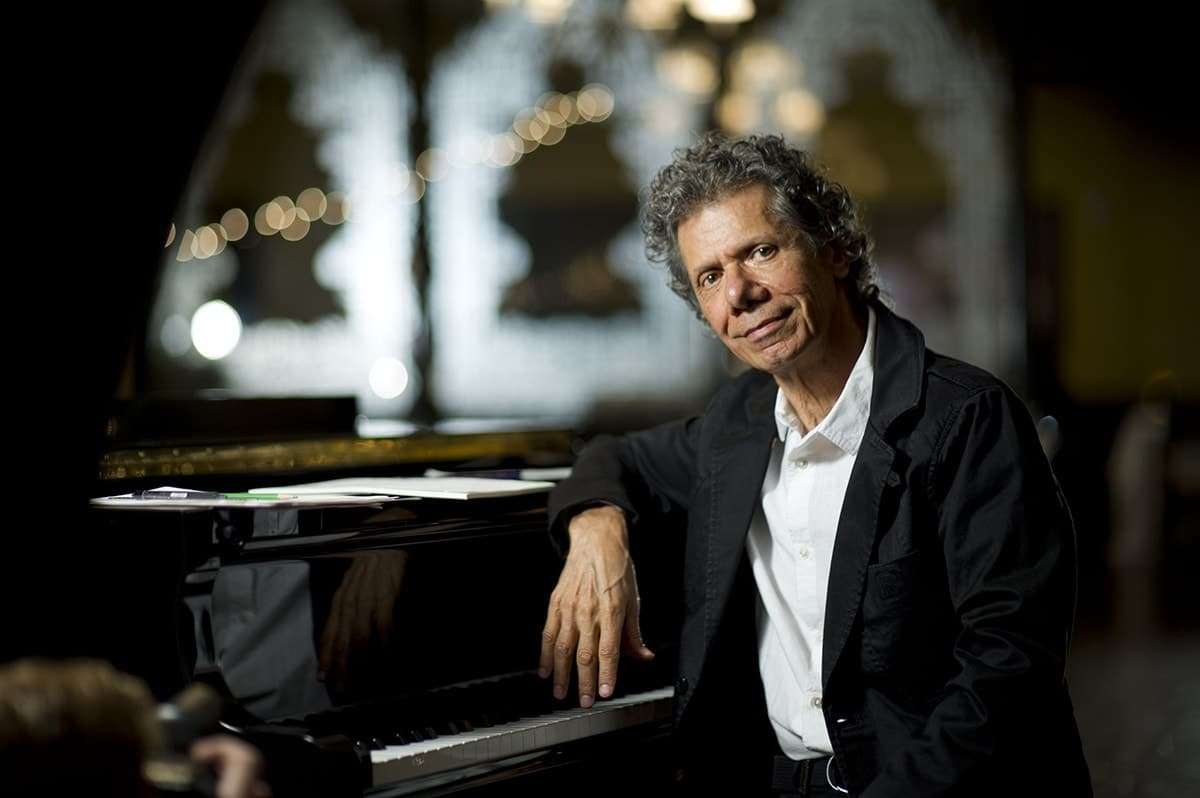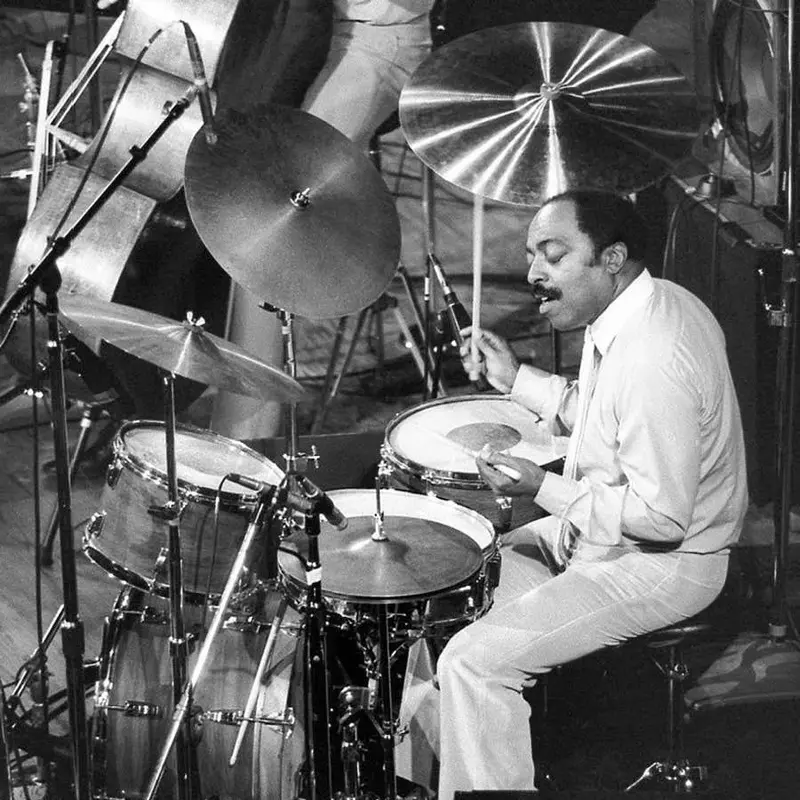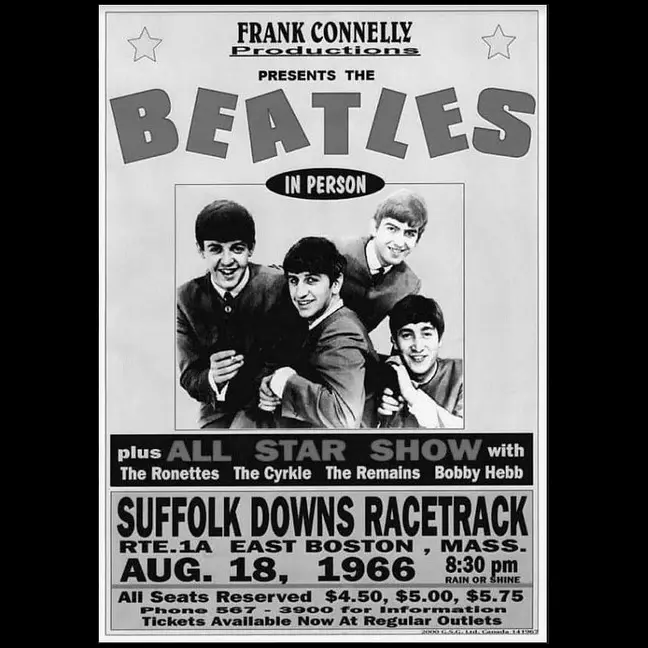Pat Metheny
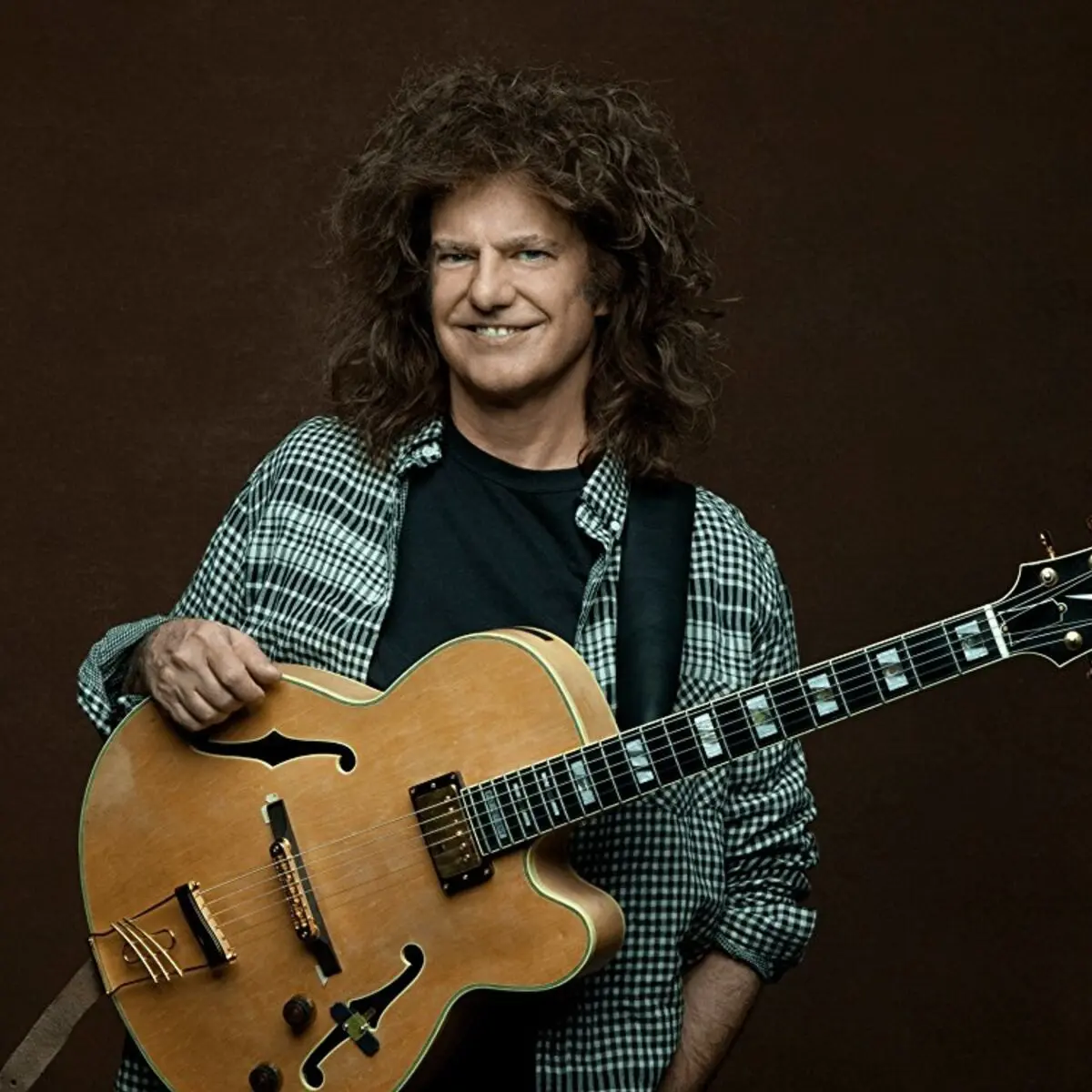
Though he didn’t move to the Boston area until age 19, six-string genius Pat Metheny is as closely associated with New England’s jazz scene as native sons Chick Corea, Herb Pomeroy, Serge Chaloff, Charlie Mariano, Joe Morello, Tony Williams, Alan Dawson and Roy Haynes. After teaching at Berklee College of Music, recording his most successful early album in the six-state region and living in Cambridge for some 15 years, he’s a “hometown hero” all the way, like Indiana-born vibraphonist Gary Burton and many other heavy cats who’ve made New England their base.
Overview
A household name in jazz for over 45 years and widely recognizable among the general public as “that jazz guy with the wicked cool hair,” Metheny’s recorded and toured incessantly as solo artist, as leader of The Pat Metheny Group and as part of various combos while working with iconic artists including Sonny Rollins, Herbie Hancock, Ornette Coleman, Joni Mitchell and David Bowie. According to All About Jazz, his versatility is “almost nearly without peer on any instrument” and he’s known for mixing the relaxed, flexible articulation most often used by horn players – learned during his trumpet-playing years as a youngster – with advanced harmonies and rhythms. In addition to his instrumental prowess, Metheny’s been an early adopter of new technology – he was among the first jazz players to treat the synthesizer as a legitimate instrument and use the Synclavier as a composing tool – and he’s played a major role in developing innovative guitars like the 42-string Pikasso and Ibanez’s PM-100 hollow-body electric.
Demonstrating an indefatigable work ethic and boundless creativity, Metheny’s recorded 17 solo albums, 13 LPs as the leader of The Pat Metheny Group, four as the leader of small combos and 25 in collaboration with other artists while appearing on over 75 as a sideman. In addition to winning 20 Grammys in 12 different categories – the only artist who’s ever done so – he’s been inducted into the DownBeat Hall of Fame and the Missouri Music Hall of Fame and been named best jazz guitarist and/or acoustic guitarist multiple times in magazines including Guitar Player and Acoustic Guitarist.
Musical beginnings
Patrick Bruce Metheny was born into a thoroughly musical family on August 12, 1954 in the town of Lee’s Summit, Missouri (about 35 miles outside Kansas City). His father was an amateur trumpeter, his mother was an amateur singer and his maternal grandfather was a professional trumpeter. Metheny’s first instrument was the trumpet, which he began playing at age seven after his 12-year old brother showed him the basics, and his parents took him to concerts by superstars like Doc Severinsen as motivational tool of sorts, but had little respect for the guitar. “I come from a very musical family, but the guitar was considered a secondary instrument,” Metheny said in 2001 on PMRadio.
His fascination with guitar began at age nine, a few months after The Beatles debuted on The Ed Sullivan Show in February 1964, but he didn’t start playing until two years later, when his parents allowed him to use his own money to buy a Gibson ES130 as his 1965 Christmas gift. “A Hard Day’s Night came out [in July ‘64] and I saw it about 15 times,” he said in 2001. “My friends began getting guitars and, of course, I wanted a guitar too. My parents first reaction was ‘You will never bring a guitar into this house,’ which at that stage of my life was like throwing gasoline on a fire; I wanted a guitar even more. Finally, I convinced them that if I earned the money, then their Christmas gift to me could be just permission to use that money to buy a guitar. I got a paper route, saved up and got my first guitar.”
Discovering jazz, Kansas City years
Within a couple of weeks, Metheny had taught himself the themes songs to the shows Peter Gunn and Batman. He took a few lessons at the local music store, but the book-based training was painfully dull since “all I wanted to play was Beatles songs,” and he’s been largely self-taught ever since. Soon after he quit taking lessons, his brother introduced him to Miles Davis’ then-new LP, Four & More (released in January 1966), which changed his life forever. “I gravitated toward it immediately,” he said in 2001. ”People say jazz is an ‘acquired taste’ but for me, this 11-year-old kid, it was like the light switch came on. It was the most exciting, fascinating, intriguing, interesting thing I’d ever heard.”
Following his Miles-induced epiphany, Metheny began focusing more on guitar than on trumpet (which he played throughout high school), seeing it as a way to become more than a copy of his older brother. “Mike was five years older and a fine trumpet player, so I was always in his shadow,” he said. “I thought I was always going to be known as ‘Mike Metheny’s little brother’ and I didn’t dig that. Since I knew I’d never be as good as he was, I began to think, ‘Well what’s the guitar’s role in jazz?’ Then I discovered Wes Montgomery. He became my model, my favorite, my hero, and he still is.”
By age 14, Metheny was such an impressive guitarist that DownBeat magazine awarded him a scholarship to a one-week jazz camp and he began playing with some of the top musicians in the area. “The Kansas City scene was so active that they need an inexperienced player like me, a teenager, to join,” he said in 2001. “So, from the time I was 14 until I was 17 and left town, I was able to do a lot of playing, five or six nights a week with great players in their 30s, 40s and 50s. What probably sets me apart from other players is that my education took place on the bandstand. I never studied in a university or school program.”
University of Miami, Berklee, Gary Burton Quartet
In mid-1972, University of Miami School of Music Dean Bill Lee offered 17-year-old Metheny a full scholarship, which he gladly accepted. After just two weeks of classes, however, he realized that his three years of stage experience had left him completely unprepared for book learning, so Lee offered him a job as a teacher instead. Metheny had turned 18 just a month before, making him the youngest-ever member of the faculty. He taught at Miami for one school year before taking a teaching job at Berklee, which Berklee professor Gary Burton had made possible. Again, at age 19, he was the youngest person the college had ever hired; the school gave him an honorary doctorate in 1996.
After about 18 months at Berklee, Metheny began a three-year stint as part of Burton’s quartet, an experience he says changed him from being “a talented kind of semi-pro-level improvisor” into “someone who could at least pretty much hang with world-class guys.” During his time with Burton, he was often called a “prodigy” in the press and received the kind of recognition necessary to record under his own name, which he began doing in 1976 for one of the most prestigious jazz labels, ECM.
Bright Size Life, Watercolors, The Pat Metheny Group
In 1974, Metheny appeared on the LP Jaco with bassist Jaco Pastorius, pianist Paul Bley and drummer Bruce Ditmas on the Improvising Artists label, though he’s said that he was unaware that the sessions were being recorded. His first solo disc was 1976’s Bright Size Life, featuring Pastorious and drummer Bob Moses, and his sophomore outing, 1977’s Watercolors, featured pianist Lyle Mays, who became his most frequent collaborator, and drummer Danny Gottlieb, who was an original member of The Pat Metheny Group (TPMG), which Metheny kept together in various iterations for 34 years.
In 1977, Metheny assembled the original TPMG lineup of Mays, Gottlieb and bassist Mark Egan. They debuted at the Berklee Performance Center that October and recorded their eponymous debut, which ECM released in January 1978. Critical response was positive but the band made a much bigger splash with their second LP, 1979’s American Garage (recorded in Massachusetts at Long View Farm Studio), which hit #1 in Billboard’s Jazz Albums chart and #53 in Billboard’s Pop Albums chart, making it a major crossover success. From 1982 to 1985, TPMG recorded three more ECM discs – Offramp (1982), Travels (1983) and First Circle (1984) – and one for EMI, The Falcon and the Snowman (1985), the last of which was the soundtrack for the movie of the same name and included the single “This Is Not America,” sung by David Bowie. The song reached #14 in the UK Top 40 chart and #32 in the Billboard Hot 100.
In 1987, TPMG added trumpeter Mark Ledford, vocalist David Blamire and percussionist Armando Marcal and the supersized lineup recorded Still Life (Talking) for Geffen, which won a Grammy for Best Jazz Fusion Performance. Metheny focused on side projects until 1993, then TPMG cut a second live album, The Road to You, also for Geffen. Over the next decade, they recorded five more LPs: We Live Here (1995, Geffen), Quartet (1996, Geffen), Imaginary Day (1997, Geffen); Speaking of Now (2002, Warner Bros.); and This Way Up (2005, Nonesuch).
Other solo albums, Collaborations, The Unity Band
Metheny stayed active outside of TPMG from the band’s beginnings, starting in 1979 when he recorded a solo album for ECM, New Chautauqua. In 1980, he cut 80/81 with bassist Charlie Haden, drummer Jack DeJohnette and saxophonists Michael Brecker and Dewey Redman, in 1992 he recorded Secret Story (Geffen) which won a Grammy for Best Contemporary Jazz Album and in 1994 he went to avant-garde extremes with his solo disc Zero Tolerance for Silence (Geffen). Other non-TPMG projects include Song X with Ornette Coleman (1986, Geffen), The Sign of Four (with guitarist Derek Baily, 1997, Knitting Factory Works) and the soundtrack album A Map of the World (1999, Warner Bros.). Since 2003, he’s recorded seven solo albums, the most recent being Dream Box (2023, BMG) and MoonDial (2024, BMG).
Metheny, who lived in Brazil from the late ‘80s through the early ‘90s, made three albums with Brazilian percussionist-vocalist Naná Vasconcelos and has appeared on two of his brother Mike’s albums, Day In – Night Out (Impulse!, 1986) and Close Enough for Love (3 Valve, 2001). Among the laundry list of others with whom he’s recorded are John Scofield, John Hall, Bill Frisell, Billy Higgins, Dave Holland, Joshua Redman, Marc Johnson, Mick Goodrick and Steve Swallow. In 2012, he formed The Unity Band with drummer Antonio Sánchez, bassist Ben Williams and saxophonists Chris Potter and in 2013, as an offshoot of that project, he formed The Pat Metheny Unity Group, a quintet of Unity Band members and Italian multi-instrumentalist Giulio Carmassi.
“It’s way more fun for me now”
Asked in 2022 if his love of playing, recording and touring has waned at all in the 60-odd years since he first fell in love with the guitar, Metheny said it’s even more enjoyable that it was when he first began. “It’s way more fun for me now, way, way more fun because I play way better now than I used to,” he told Stuart Nicholson of JazzWise. “When I started my band, I’d only been playing for five or six years. I know so much more now about all kinds of stuff now, so I can count getting to ‘the thing’ musically every night. That did not used to be the case. Also, I love being around really great players and that’s something I’m able to experience all the time now.”
(by D.S. Monahan)

